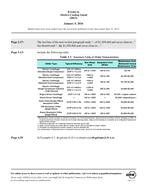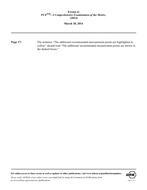A mathematical formulation was developed including an objective function that minimizes the cumulative exposure of occupants to pollutants under the constraints of pollutant dispersion pattern, evacuation paths, and their capacities. The formulation included airflow and pollutant dispersion models and optimization algorithms for evacuation planning. The formulation was applied to two example cases: (1) a 6-zone testbed assuming a constant pollutant release at the HVAC intake and (2) a 73-zone case representing a floor section of 22,000 ft2 within a four-story building assuming an instant pollutant release inside one zone of the building. Assuming that a simulated pollutant (SF6) was released at the HVAC intake or inside a particular zone of the building, simulations were conducted for (1) a normal mode of HVAC operation, (2) an intuitive pollutant dispersion control mode, and (3) an intelligent control mode in which the feedback from the evacuation planning model was used. Pollutant dispersion control strategies included closing selected dampers, turning off general air supply fan, pressurizing the corridor zone and pathway zone adjacent to a designated “safe haven†zone, turning on a backup exhaust fan, depressurizing contaminated zones, and activating decontamination devices. Simulation results show that (1) an evacuation plan obtained based on the predicted pollutant dispersion patterns can have significant advantage over the intuitive “shortest path to the exit†approach and (2) the pollutant dispersion control strategies simulated are effective in reducing the occupants’ exposure. The intelligent control methodology proposed can minimize the exposure of humans to pollutants indoors, subject to computational and cost constraints inherent in the real-time nature of the problem.
Units: I-P
Citation: ASHRAE Transactions, vol. 111, pt. 1, Orlando 2005
Product Details
- Published:
- 2005
- Number of Pages:
- 14
- File Size:
- 1 file , 3.5 MB
- Product Code(s):
- D-25653


